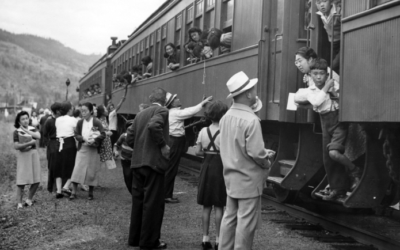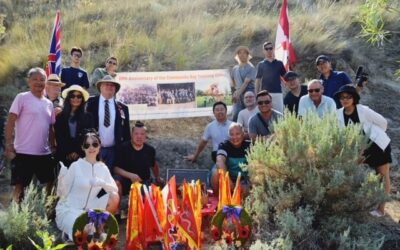British Columbia’s military history is considerably shorter than eastern Canada’s, only being tied to overseas service in the 20th century. This article offers a brief assessment of what a Regiment is generally and specifically regarding the history of the British Columbia Dragoons, a Canadian Army Primary Reserve unit. A good primer about Canada’s Militia is Militia Myths, Ideas of the Canadian Citizen soldier 1896-1921, by Okanagan Professor James Wood, published by UBCPress, 2021.1 Like many hierarchies, the military uses various terms, such as Army, Battalion, Corps, and Regiment, to describe the structure of the organization. Canada adapted the British model for its three branches, the Navy, Army and Air Force, to our unique needs.
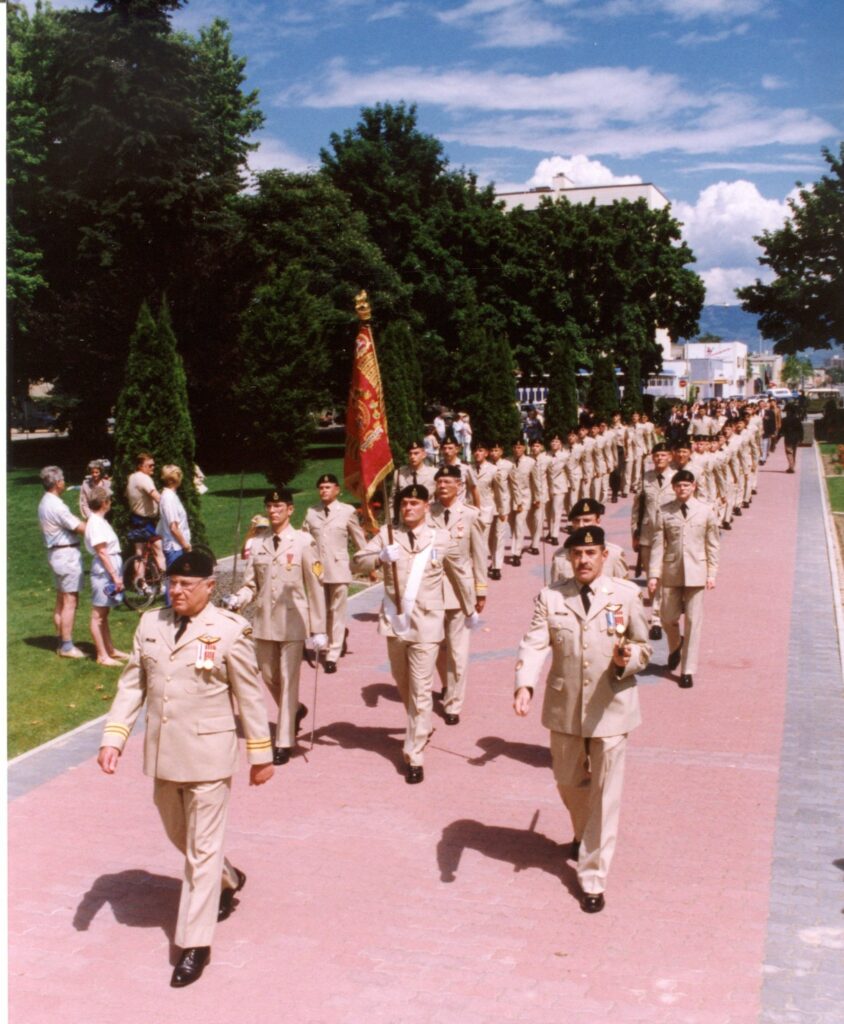
OMM #3
The Latin term, regi or regimentum, meaning to rule, govern, control, separates the ‘civilized’ or government authorized use of force in the form of armed forces from anarchists’ use by war lords, terrorists, bandits, and private military contractors.2 In the Army, the term regiment applies to the Infantry, Armour and Artillery operational units. One meaning is defined as the permanent depot or home station of the recruiting and training unit that is divided into sub-units such as Battalions, Companies, Squadrons, and Batteries.3 An example is the 1st Battalion, Princess Patricia’s Canadian Light Infantry, consisting of several Companies.
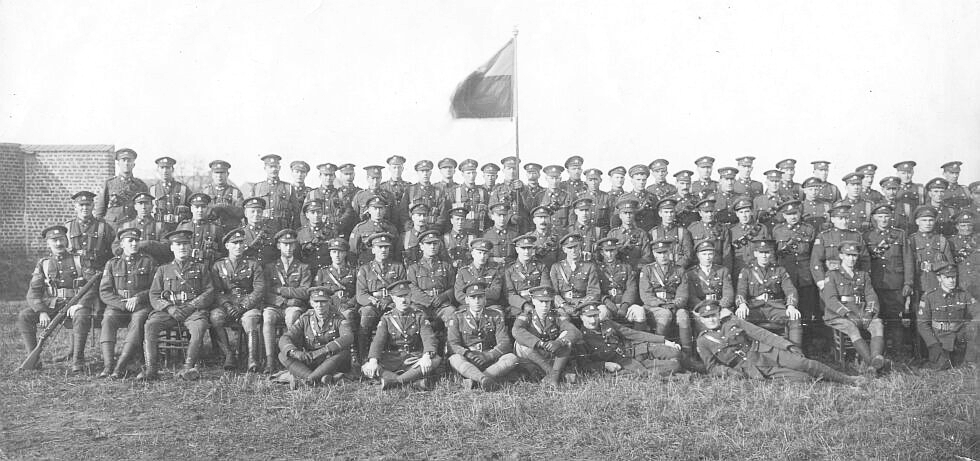
BCD-P-891
In the Okanagan, several Militia or volunteer citizen-soldier units, called Independent Squadrons of Horse, were combined into the 30th British Columbia Horse in the early 1900s. Over time it evolved into a regiment called the British Columbia Dragoons consisting of A, B, C Squadrons and Regimental Headquarters with associated sub-units. A regiment, between 50 to 1000 personnel, may be commanded by a Lieutenant-Colonel or Colonel. Classism still applies in the military in the form of commissioned ranks – typically Lieutenants to Generals, and non-commissioned ranks – typically Corporals to Warrant Officers. Each had/has its own social clubs called Messes, and the attainment of university education is required for commissioned officers.
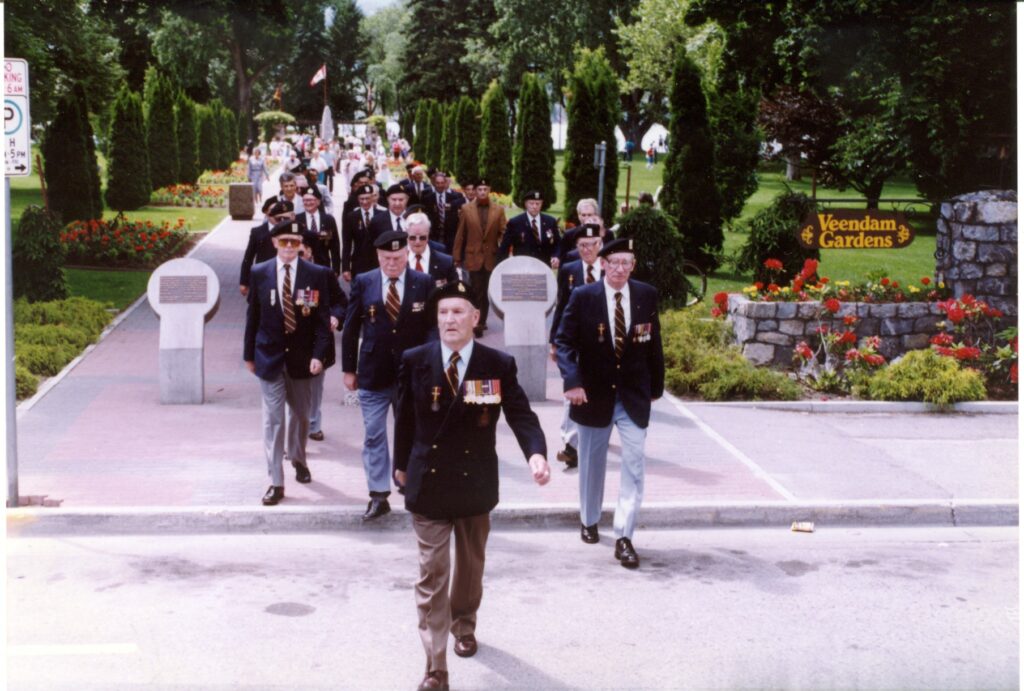
OMM #9
A crucial component of a regiment is its Esprit de Corps. One definition of the French term is “a sense of unity and of common interests and responsibilities, as developed among a group of persons closely associated in a task, cause, enterprise, etc.”4 The morale of the troops is a measure of its cohesion, loyalty, and confidence. When it is high, the unit can withstand many trials, losses, and deprivations longer than another with equal training, equipment, or tasks but lower morale. As the traditional manifestation of Esprit-de-Corps, the Regimental System is a family with a specific heritage and culture built generationally by serving members and veterans of the regiment upon camaraderie and a common cause. This may apply to many other military units; however, it’s the permanency of a Regimental entity that occupies a separate space in society.
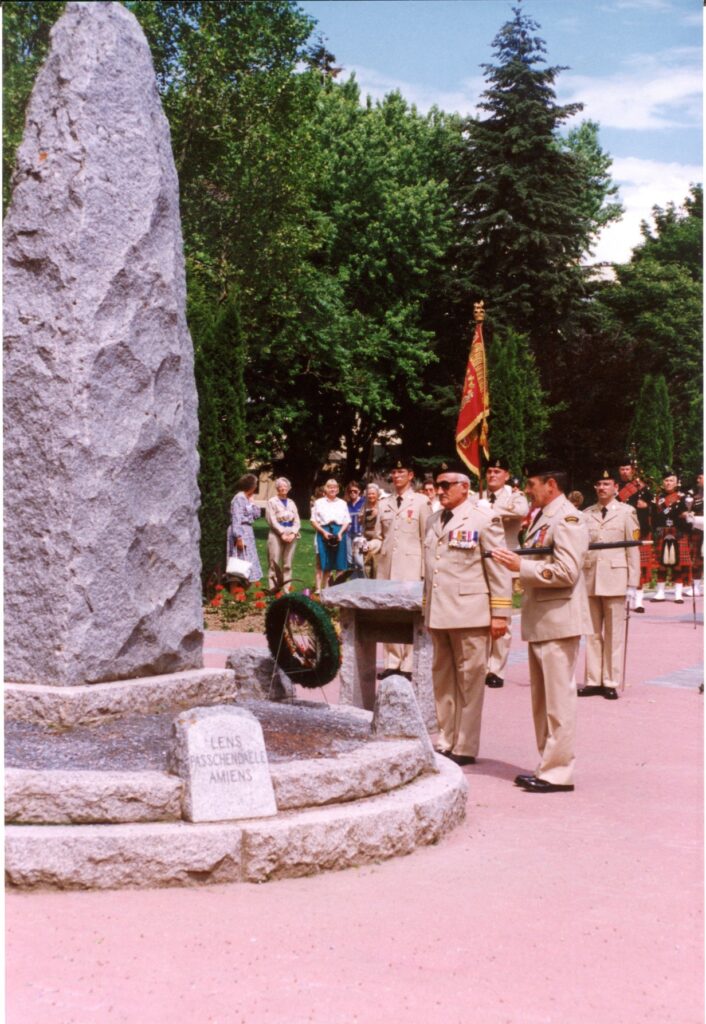
OMM #8
Today, the BCD Regimental Family consists of the British Columbia Dragoons (BCD), a Primary Reserve Army unit training for the Armoured Reconnaissance role within the 39th Brigade of the 3rd Canadian Division; the BCD Whizzbang Association consisting of the Second World War veterans, unit alumni, and their families; the BCD Regimental Council Society consisting of local Canadian Armed Forces veterans and supportive civilians; and several BCD Royal Canadian Army Cadet Corps throughout the valley. Collectively, they are the face of the Canadian Armed Forces in the Okanagan at Remembrance Day ceremonies, assisting communities in need during forest fires or floods, augmenting Regular Army units to a variety of overseas deployments such as in Kosovo and Bosnia, and most recently in Afghanistan. In addition, the Whizzbangs, with other veteran group partners, founded the Okanagan Military Museum in 1987.
1. https://www.ubcpress.ca/militia-myths
2. Compendium of Canadian Regiments, A Civilian’s Perspective, M Gregory, 2005, self-published, Ottawa, pg. 145
3. Customs and Traditions of the Canadian Armed Forces, E.C. Russell, 1981, Deeau Publishers, Ottawa, pg. 56
4. https://www.dictionary.com/browse/esprit-de-corps accessed Mr. 31, 2022

